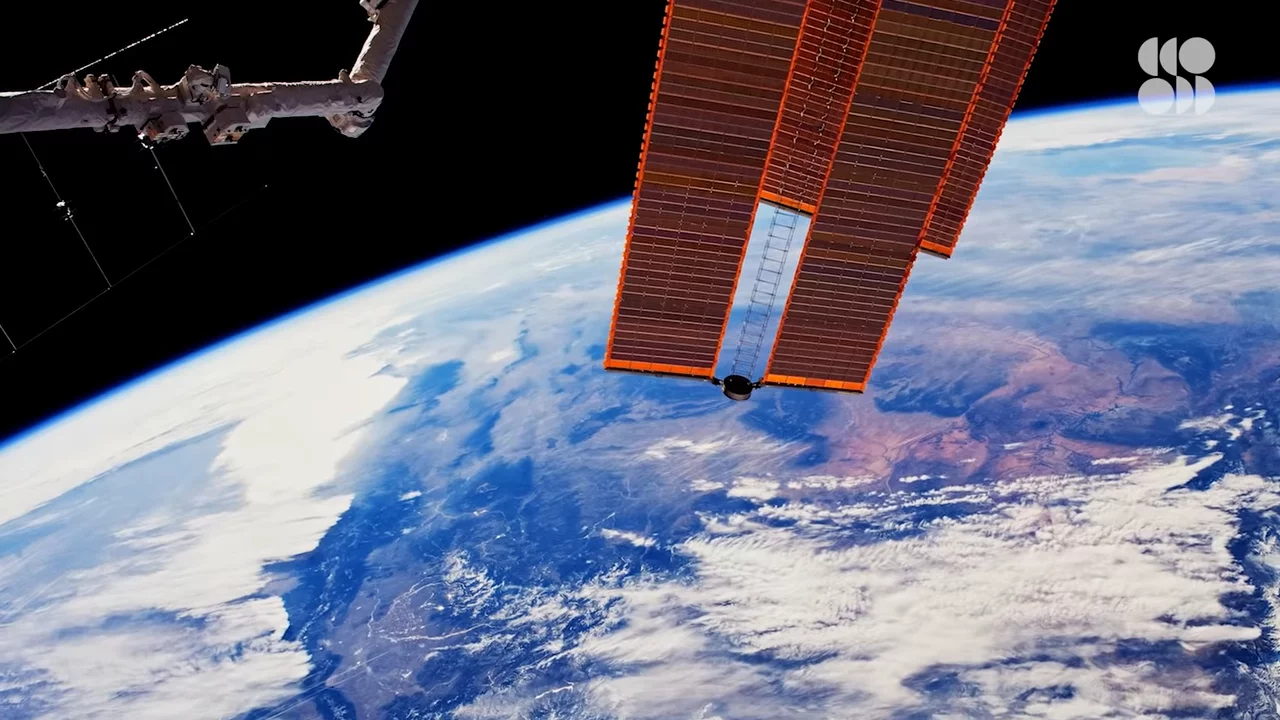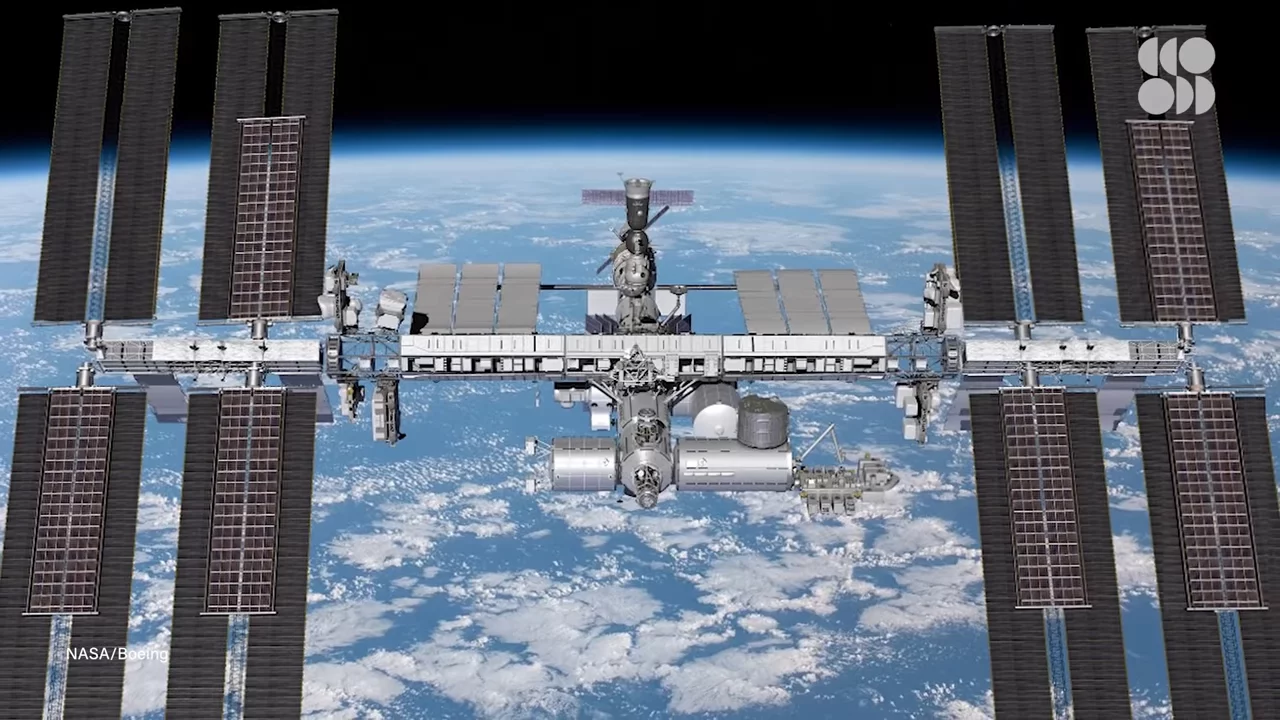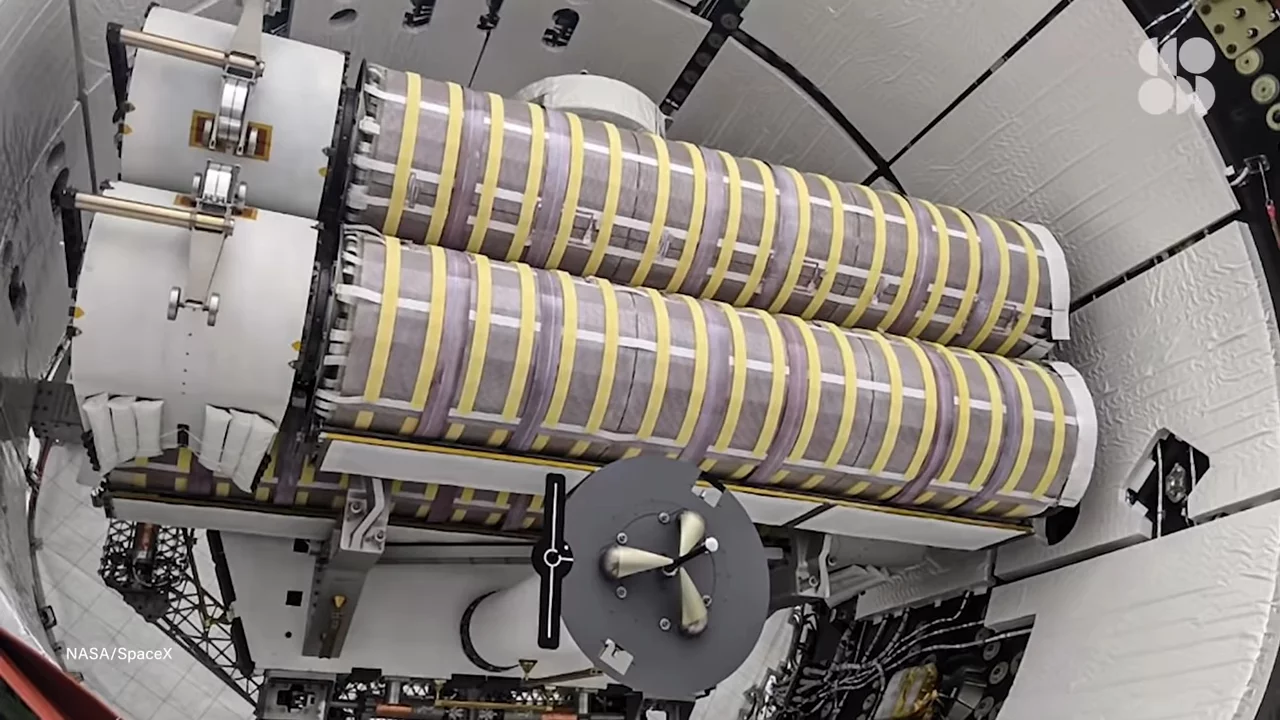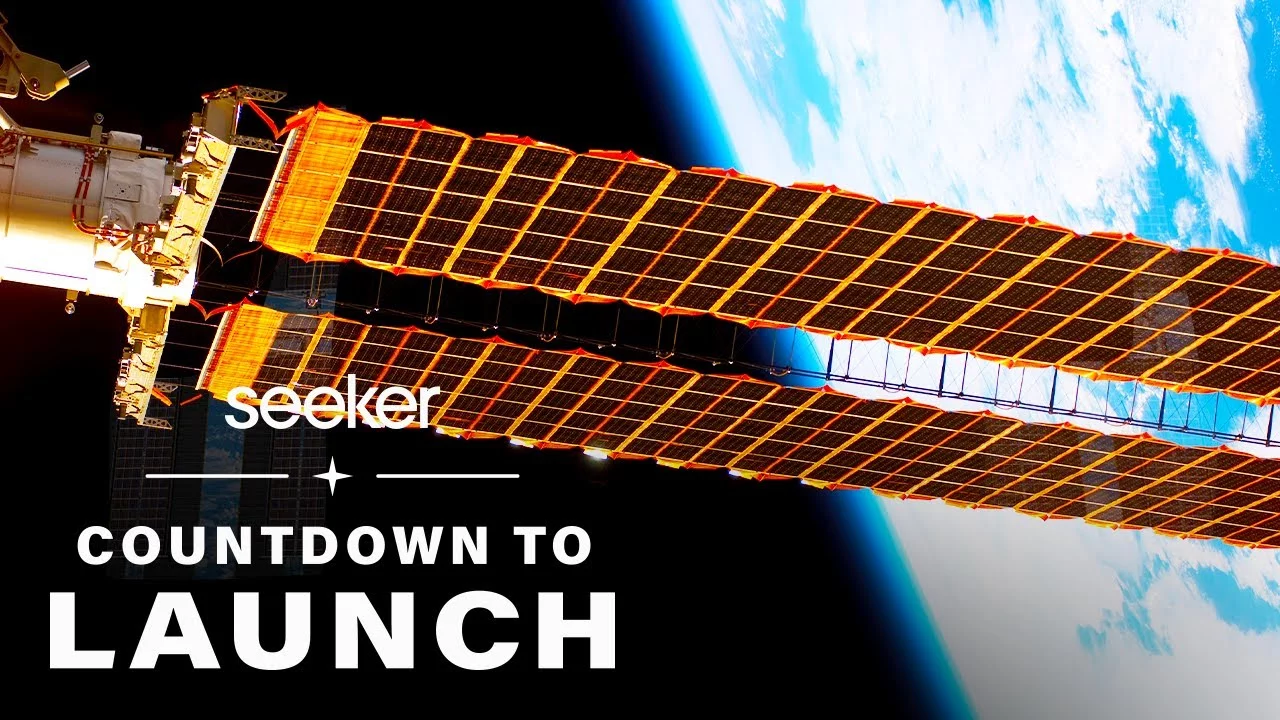SpaceX and NASA are teaming up again to launch their 22d Commercial Resupply Services mission to the ISS... but this time, they're bringing along tools to give it a makeover!
Onboard the Dragon cargo capsule is a massive solar array system that’s set to transform the power capabilities of Earth's only international orbiting outpost. And in the process, it just may bring us one step closer to developing a viable power system for deep space missions.
This new power is going to help not only extend the existing life support systems that are out there, but just enable new stations and modules to come in and kind of extend the life of the station in general for everything.
So, how does one get power 350 kilometers above Earth anyway? Well, right now, the ISS has four pairs of solar arrays that convert sunlight into electricity.  Together, they cover more than half the area of a football field and generate 160 kilowatts of power during the day, half of which they store in the station’s batteries for when the ISS isn’t in sunlight.
Together, they cover more than half the area of a football field and generate 160 kilowatts of power during the day, half of which they store in the station’s batteries for when the ISS isn’t in sunlight.
The first pair was deployed in 2000, with the rest following suit over the next couple of years. And while the arrays are still working okay, they were only designed to have a 15-year service life...and as a result, aren’t as efficient as they used to be. In fact, they’re lagging at just 14-something percent. So yeah, it’s time for an upgrade!
Known as the International Space Station Roll-Out Solar Array, or iROSA, these lightweight and flexible solar arrays were designed by Redwire in partnership with Boeing to become the station’s next generation power system. Using multijunction solar cells, these arrays run at more than 30% efficiency and are about half the length of the legacy arrays.
So ROSA is a new, innovative flex blanket solar array technology that utilizes these tiny slit tube booms. And so that's pretty unique. It allows us to keep the design a lot simpler, a lot less parts, lower complexity. And it's really scalable.
On their own, each new solar array produces more than 28 kilowatts of power. But the plan is to send up six new arrays — which when combined with the existing ones, will supply the ISS with up to 215 kilowatts.  The best part? This modular design makes it super easy for the arrays to be packed in and out of a cargo capsule.
The best part? This modular design makes it super easy for the arrays to be packed in and out of a cargo capsule.  The arrays use high-tech composite booms to roll out a solar cell “blanket,” just like a party horn unfurls.
The arrays use high-tech composite booms to roll out a solar cell “blanket,” just like a party horn unfurls.
A famous video, or at least famous for us, of the original ISS arrays deploying, where they were kind of sticking as they were deploying. It's a little scary to watch. Part of the array actually ripped and they had to go out and repair it. So, when we developed ROSA, we eliminated a lot of those problems with power rolling the array.
After years of development, iROSA is finally ready to be installed on the ISS. Earlier this year, NASA astronauts Kate Rubins and Victor Glover, as well as JAXA astronaut Soichi Noguchi, prepared the solar array site with a modification kit. This means that the site is all ready to go for when the first two iROSA wings arrive in early June onboard SpaceX's Falcon 9 rocket.
If all goes well, the remaining four iROSA arrays will be sent up next year. But the iROSA arrays aren’t heading up to the ISS alone — they’ll be joined by a whole cast of interesting cargo companions.
A team from the University of Wyoming will be sending up tardigrades to see how they respond to the stress of living in space, while another team from the University of Wisconsin will be volunteering some cotton plants to study how microgravity affects their growth. After all, one of the main goals of the ISS is to support scientific exploration!
Thankfully, the iROSA arrays will be there to make sure the lights stay on for many more experiments in the future. I think the ISS is one of humanity's greatest achievements is having this massive floating lab in space. It's really opening the doors for a lot of new innovative technologies and innovations. But that’s just the start for these solar arrays. In just a few months, Redwire will be supplying two arrays for NASA’s DART mission. You know, the one that’s colliding a craft into the double asteroid Didymos.


No comments yet